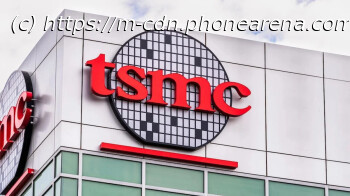TSMC is sending 500 experienced workers to the U.S. to help complete the construction of its first Arizona fab.
To speed up construction of the first of two fabs that it is building in Arizona, TSMC and the foundry’s suppliers are sending to America 500 experienced workers from Taiwan to help finish off the construction of the fab that TSMC is supposed to have operational in the state by next year. Adding more workers to the crew is necessary since the company has fallen behind schedule and even worse, construction costs have topped expectations.TSMC to send 500 experienced Taiwan workers to help finish building the first Arizona fab
The project is an important one for the U.S. to show that it does have the capability to produce cutting-edge chipsets on U.S. soil. Mass production at the plant has been pushed back from some time in 2024 to late 2024 and while some of the slowdown was unavoidable due to labor shortages and delays in receiving certain safety and operations permits, weakening of the global chip industryalso resulted in TSMC deciding to slow down its expansion into the U.S. One TSMC supplier said, «It is challenging and costly for Taiwanese cleanroom builders to communicate with foreign construction workers in an unfamiliar environment. Sending experienced construction contractors and their workers who worked with the chip suppliers before from Taiwan could save lots of time and costs.» As the price to complete the fab rises out of control, sending over construction help who have worked with TSMC before should be a huge shot in the arm.While a big celebration was made when TSMC started to move production equipment into the first factory late last year, an event that President Biden attended along with executives from key TSMC customers such as Apple, Nvidia, and AMD, multiple suppliers working on the project told Nikkei Asia that the installation of other production gear has been pushed back from early this past spring to August or later.
Домой
United States
USA — IT TSMC's move to complete its first Arizona fab might anger some Americans






